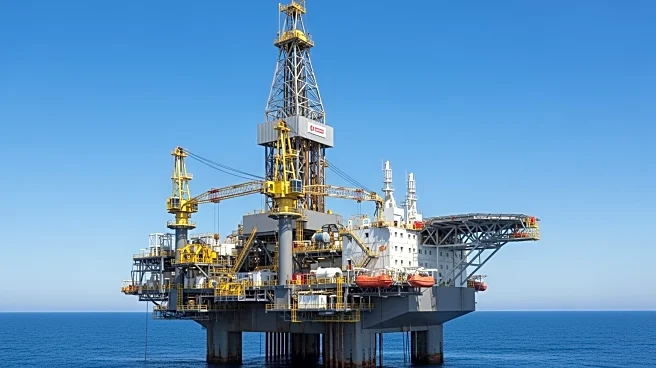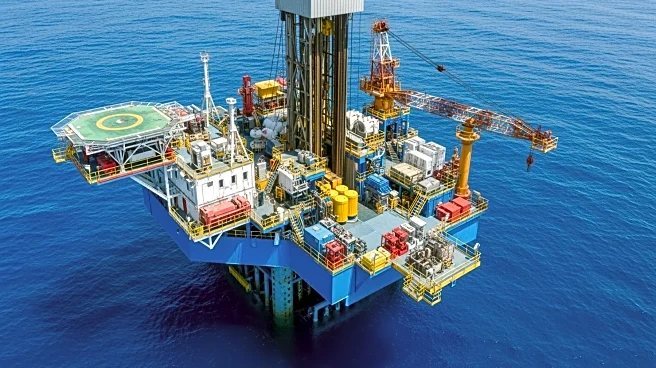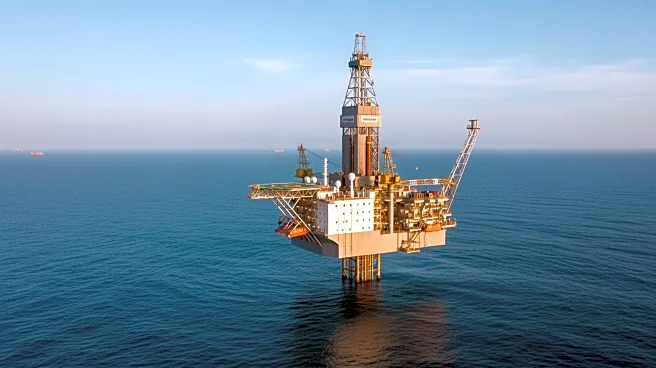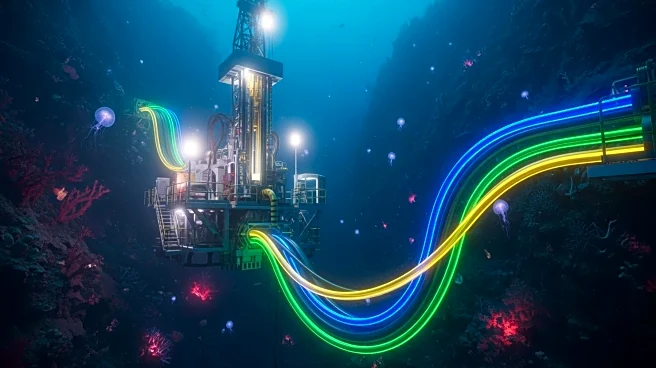What's Happening?
Halliburton, in collaboration with Aker BP, has successfully completed the first-ever umbilical-less tubing hanger installation on the Norwegian Continental Shelf. This milestone marks a significant advancement
in offshore digital control technology. The operation utilized Halliburton’s Enhanced Remote Operated Control System (eROCS) alongside the Optime Tubing Hanger Orientation System (OTHOS), enabling precise orientation and installation of a vertical Christmas tree tubing hanger without traditional umbilicals or standard orientation tools. This digital hydraulic control system simplifies planning, reduces operational complexity, and enhances rig flexibility, offering cost and efficiency benefits for Aker BP’s offshore operations.
Why It's Important?
The successful installation represents a major step forward in subsea completions, potentially transforming the industry by reducing reliance on umbilical infrastructure and streamlining operations. This technological advancement opens new possibilities for subsea control systems, enhancing remote functionality and reducing costs. The collaboration between Halliburton and Aker BP demonstrates the potential for digitalization in offshore operations, which could lead to safer, more efficient, and sustainable practices. The industry shift towards digitally enabled systems could significantly impact future offshore completions, offering improved reliability and control.
What's Next?
The field validation of eROCS positions Halliburton’s technology as a platform for future offshore completions, potentially reducing costs and enhancing control. As the industry moves towards digital subsea control systems, other companies may adopt similar technologies, further advancing the sector. The success of this installation may encourage more investments in digital solutions, driving innovation and efficiency in offshore operations.
Beyond the Headlines
This development highlights the broader industry trend towards digitalization and automation, which could lead to long-term shifts in how offshore operations are conducted. The reduction in reliance on traditional infrastructure may also have environmental benefits, as digital systems can potentially reduce the ecological footprint of offshore drilling.











